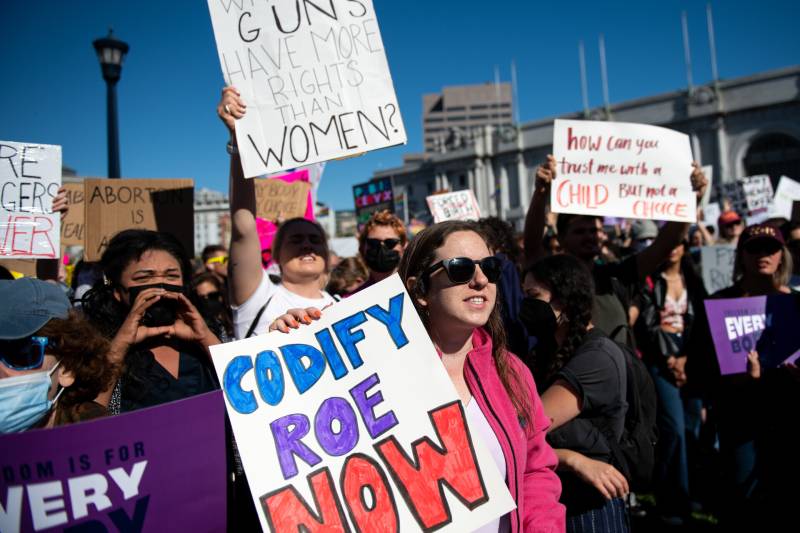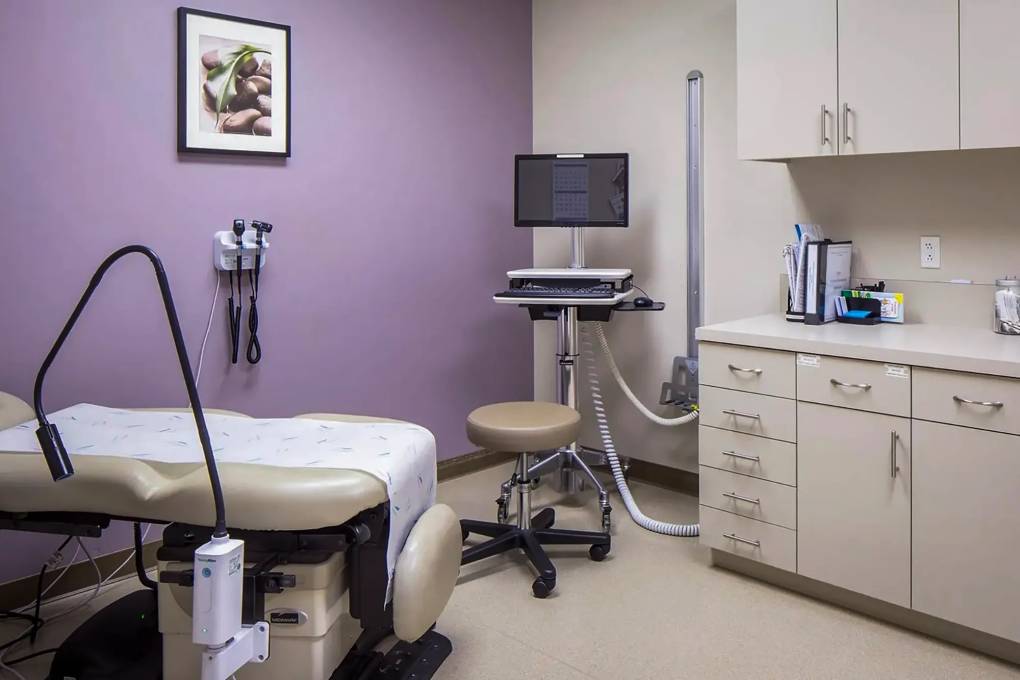The demise of Roe v. Wade, in a strange way, is what has freed doctors of the vagaries of the viability framework as it was outlined in Roe. If the Supreme Court could put an end to 50 years of constitutional protections for abortion, doctors seem to be saying, the court could take all the flaws of their decision with it.
“In a world where there is no Roe, I think you're seeing California legislators trying to write into law a kind of blank slate, a better idea of what reproductive autonomy could be that isn't just Roe Part Two,” Ziegler said.
Why women get abortions later in pregnancy
In recent years, at least three other states have removed viability and gestational age limits from their abortion laws. Colorado, New Jersey, Vermont and Washington, D.C., now allow abortion throughout pregnancy.
Abortion opponents argue that if California follows suit by passing Proposition 1, it will be a free-for-all, with women lining up for abortions when they’re eight months pregnant, for no reason at all.
“We already currently have abortion up to 24 weeks. Why do we need to push it beyond that?” said Jonathan Keller, president and CEO of the California Family Council, a religious nonprofit. “Aren't we able to say that that is a step too far, even for California?”
Research indicates such scenarios are a fantasy. Abortions at or after 21 weeks are extremely rare, representing only 1.2% of all abortions, according to data from the Centers for Disease Control and Prevention.
Other studies show that the reasons women seek abortions at this time in pregnancy are varied. It is primarily because of medical complications, where a pregnancy is desired, but the mother finds out late about a complication that puts her own life at risk, or a fetal abnormality that will make it impossible for the baby to survive after birth.
Increasingly, women face legal and logistical barriers that make it difficult for them to access abortion care as early as they want to, said Elizabeth Nash, policy analyst at the Guttmacher Institute, a research organization focused on reproductive rights. As more states ban the procedure in the wake of the Supreme Court eviscerating Roe, fewer clinics offer it.
“The timing is not always up to the patient, particularly now,” Nash said. “It may be that they're delayed because there are lots of restrictions they have to comply with. It may be because they need to travel for an abortion. It may be that they can't get time off of work.”
Women may have trouble raising the money they need to pay for the procedure, or they may have an abusive partner who exerts control over their decisions and movements. “It may be that they don't recognize that they're pregnant,” Nash said.
Still, even in a state like California that champions abortion rights and is even positioning itself as an abortion sanctuary, voters are more uncomfortable with the procedure the later it gets in pregnancy. An August poll showed only 13% of voters said they were OK with abortion through the third trimester.
But when it comes to securing abortion rights in general through Proposition 1, 71% of Californians say they’re going to vote for it.
“The politics of viability have changed,” said law professor Ziegler.
With the Supreme Court toppling the federal right to abortion, and more than half the states banning or trying to ban the procedure, Ziegler said, “these viability arguments — that had obviously been compelling for decades — don’t land the same way.”
The polls indicate voters are not inclined to nitpick right now. Ziegler predicts that they’ll accept the ambiguity in Proposition 1 and let the courts sort out the details later.
This story was made possible as part of The California Newsroom – a collaboration of California’s public radio stations, NPR and CalMatters.



